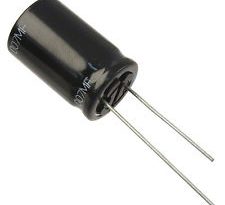Dual-Trace Oscilloscope Usage
An oscilloscope is a piece of test equipment that enables technicians and electronic engineers to observe constantly varying signal voltages usually as a two-dimensional plot of two to four signals relative to time. A dual-trace oscilloscope is capable of plotting one or two signals simultaneously and features two independent input channels — one channel for each trace — each of which has its own connectors and controls. For the most part a dual-trace oscilloscope operates in the same manner as a single-trace oscilloscope, but multiple inputs and traces create greater complexity.
Use a BNC cable to connect one signal oscillator to the channel one input on the oscilloscope and connect the second oscillator to the channel two input. Power up the oscilloscope and both signal oscillators and then adjust both oscillators’ inputs to roughly two volts. Set one oscillator’s frequency to 1,000 hertz and the other oscillator to 2,000 hertz. The frequencies don’t need to be set to exact values.
Next you will set the sweep control of the oscilloscope to one millisecond per division and set the triggering control to channel one. Adjust the vertical gain controls for both channels to one volt per division. Locate the display selector switch, which has options to display channel one, channel two, or both channels, and set it to display both oscilloscope channels. Use the vertical position controls to adjust the position of both signals. If necessary position the channel one trace directly above channel two’s trace. Although the bottom signal trace may not be locked and stable, the top signal trace for channel one should be.
Set the trigger control of the oscilloscope to channel two and observe the way the bottom trace stabilizes as the top trace starts to drift. Change the oscillators’ frequencies and output waveforms which will affect one trace on the oscilloscope without changing the other trace.
